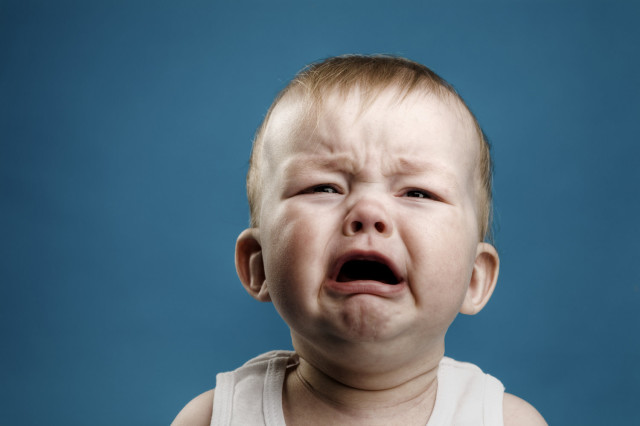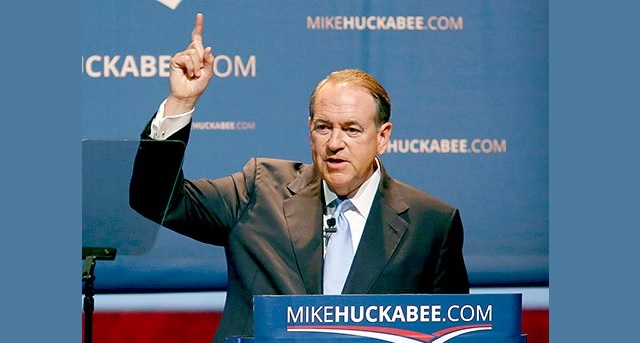Ideas in Exile: The Bullies Win at Yale by Diana Furchtgott-Roth
The student speech bullies have won at Yale. Erika Christakis, Assistant Master of Yale’s Silliman College, who had the temerity to suggest that college students should choose their own Halloween costumes, has resigned from teaching. Her husband, sociology professor Nicholas Christakis, Master of Silliman College, will take a sabbatical next semester.
One of the bullies’ demands to Yale President Salovey was that the couple be dismissed, and a resignation and sabbatical are a close second.
As had been widely reported, Erika Christakis said,
Is there no room any more for a child or young person to be a little bit obnoxious, a little bit inappropriate or provocative or, yes, offensive? American universities were once a safe space not only for maturation but also for a certain regressive, or even transgressive, experience; increasingly, it seems, they have become places of censure and prohibition.
At issue are costumes such as wearing a sombrero, which might be offensive to Mexicans; wearing a feathered headdress, which might offend Native Americans, previously termed Red Indians; and wearing blackface to dress up as an African American.
Dr. Christakis’s comment is so obvious that it hardly needs to be said. Students who are admitted to Yale are some of the brightest in the country, and it should not be the role of the University to tell them how, or whether, to dress up at Halloween.
The speech bullies want mandatory diversity training, rules against hate speech, the dismissal of Nicholas and Erika Christakis, and the renaming of Calhoun College because its namesake, John Calhoun, defended slavery.
If America is to be whitewashed of the names of individuals from prior centuries who fall short of the political standards of the 21st century, we will be a nation not only without names but also without a past. The names of our states, our municipalities, and even our universities would disappear. Elihu Yale was a governor of the East India Company, which may have occasionally engaged in the slavery trade. It is easy to condemn the dead who cannot defend themselves. But if we curse the past, what fate awaits us from our progeny?
Not all Yale students agree with the tactics employed by the bullies. Freshman Connor Wood said,
The acceptance or rejection of coercive tactics is a choice that will literally decide the fate of our democracy. Our republic will not survive without a culture of robust public debate. And the far more immediate threat is to academia: how can we expect to learn when people are afraid to speak out?
The Committee for the Defense of Freedom at Yale has organized a petition in the form of a letter to President to express concern with the bullies’ demands. Over 800 members of the Yale community have signed. Zachary Young, a junior at Yale and one of the organizers of the petition, told me in an email, “We want to promote free speech and free minds at Yale, and don’t think the loudest voices should set the agenda.”
Nevertheless, it appears that the loudest voices are indeed influencing President Salovey. He has given in to protesters by announcing a new center for the study of race, ethnicity, and social identity; creating four new faculty positions to study “unrepresented and under-represented communities;” launching “a five-year series of conferences on issues of race, gender, inequality, and inclusion;” spending $50 million over the next five years to enhance faculty diversity; doubling the budgets of cultural centers (Western culture not included); and increasing financial aid for low-income students.
In addition, President Salovey volunteered, along with other members of the faculty and administration, to “receive training on recognizing and combating racism and other forms of discrimination.”
With an endowment of $24 billion, these expenses are a proverbial drop in the bucket for Yale. But it doesn’t mean that the administration should cave. Isaac Cohen, a Yale senior, wrote in the student newspaper,
Our administrators, who ought to act with prudence and foresight, appear helpless in the face of these indictments. Consider President Salovey’s email to the Yale community this week. Without any fight or pushback — indeed, with no thoughts as to burdens versus benefits — he capitulated in most respects to the demands of a small faction of theatrically aggrieved students.
Yale’s protests, and others around the country, including Claremont-McKenna, the University of Missouri, and Princeton, stem from the efforts of a small group of students to shield themselves from difficult situations. Students want to get rid of speech that might be offensive to someone that they term a “micro-aggressions.” This limits what can be said because everything can be interpreted as offensive if looked at in a particular context.
For instance, when I write (as I have done) that the wage gap between men and women is due to the sexes choosing different university majors, different hours of work, and different professions, this potentially represents a micro-aggression, even though it is true. Even the term “the sexes” is potentially offensive, because it implies two sexes, male and female, and leaves out gays, lesbians, and transgenders. The term “gender” is preferred to “sex.”
What about a discussion of the contribution of affirmative action to the alienation of some groups on campuses today? Under affirmative action, students are admitted who otherwise might not qualify. In Supreme Court hearings on Wednesday, Justice Antonin Scalia said, “There are those who contend that it does not benefit African Americans to — to get them into the University of Texas where they do not do well, as opposed to having them go to a less-advanced school, a less — a slower-track school where they do well.”
The majority of students at Yale want an open discussion of all subjects, but the attack on the Christakises have frightened them into silence. Zach Young told me,
If the accusers’ intent was to enlighten and persuade, their result was to silence and instill fear. I worry that because of this backlash, fewer students or faculty — including people of color and those of liberal persuasions — will feel comfortable expressing views that dissent from the campus norms. Why risk getting so much hate, disgust, calls against your firing, just for the sake of expressing an opinion?
Why indeed? The answer is that arguing about opinions is the only way to get a real education. Let’s hope that another university stands up for freedom of speech and offers the Christakises teaching positions next semester.
This article first appeared at CapX.
Diana Furchtgott-Roth, former chief economist of the U.S. Department of Labor, is director of Economics21 and senior fellow at the Manhattan Institute.
























